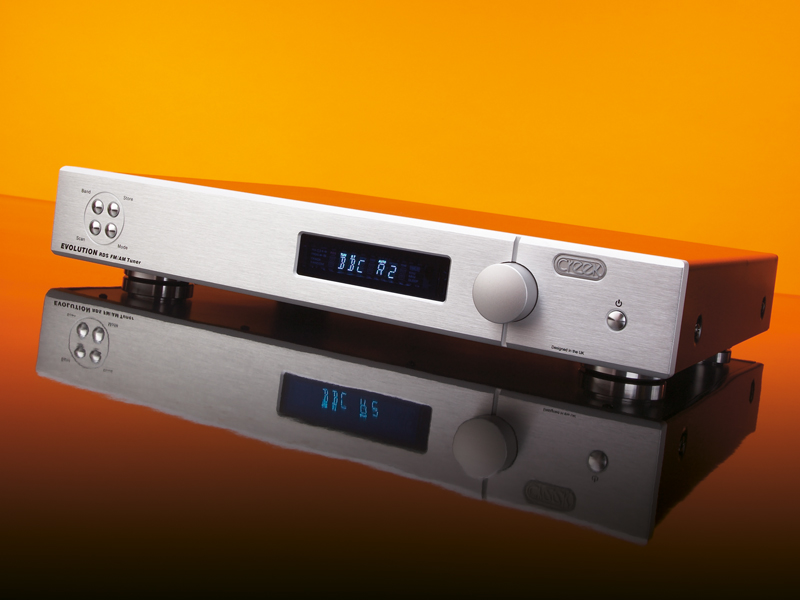TechRadar Verdict
Just when we thought we'd greeted our last great all-analogue tuner, along comes this classy performer. It's detailed and cohesive and for everyday monitoring of the airwaves it's a fine choice and great value, too
Pros
- +
Sound is detailed, cohesive and extended tonally and spatially in a way we'd almost forgotten FM can offer
Cons
- -
Not ideal for 'DX' use listening to remote transmitters
- -
Can't fix the unfixable in really awkward urban reception conditions
Why you can trust TechRadar
On first glance, apart from the distinctively Creek layout of controls, the Creek Evolution is pretty much what one expects from a modern analogue tuner.
There are less buttons on the front than one might expect, so no single-button access to presets. But using the tuning knob to skip from preset to preset is hardly rocket science and direct access is possible from the remote control.
Tuning the 'old-fashioned' way is particularly fast - a pleasure after some of the glacially slow tuners we've encountered - and is not accompanied by any unpleasant bursts of noise (the automatic muting being very efficient). RDS automatically displays the station name.
Inside Creek's tuner
Inside the unit there's little enough to see. The tuner head covers both FM and AM bands and is sourced from Kwang Sung, the Hong Kong based manufacturer that seems to be
the most successful supplier of such devices at present.
A ribbon cable from that little module passes a signal to Creek's own audio, control and power supply board which performs final signal conditioning and buffering before feeding the high-quality output sockets.The power supply is well specified, with a toroidal transformer and plenty of capacitance.
Build is good throughout, with a particularly impressive solid metal front panel.
Sign up for breaking news, reviews, opinion, top tech deals, and more.
Clean reception
With so much of the reception and decoding work done in the tuner head, how much of the sound is down to the notional manufacturer is open to question.
Testing it over a timespan that covered various atmospheric (and therefore reception) conditions, we continued to be impressed at its clean, unfussy and detailed reception of a wide range of stations.
Even with FM stations from quite distant transmitters, the sound managed to hang together fairly well. It's at its best, though, when fed a strong, clean signal from a roof-mounted aerial and, under such circumstances, proves conclusively that there is nothing wrong with FM sound.
Speech is very lifelike, with no detectable roughness on sibilants, while music is treated in an admirably even-handed manner, neither bass-heavy nor lightweight.
It's also well-balanced and with an open treble that displays excellent resistance to break up.
A capable FM system
Listening to some choral music on Radio 3 (the one station that sometimes sounds better on DAB due to its wide dynamic range and higher DAB bitrate) was a good test.
Because, even though it can sometimes sound quite edgy on FM, the Evolution managed this difficult repertoire with ease and confidence. On pop stations it was no less assured, perfectly happy with driving bass, ballads, even harmonic-rich jazz trumpet.
This is a very capable FM tuner and makes a great case for sticking with this trusted old technology!
The TechRadar hive mind. The Megazord. The Voltron. When our powers combine, we become 'TECHRADAR TEAM'. You'll usually see this author name when the entire team has collaborated on a project or an article, whether that's a run-down ranking of our favorite Marvel films, or a round-up of all the coolest things we've collectively seen at annual tech shows like CES and MWC. We are one.
